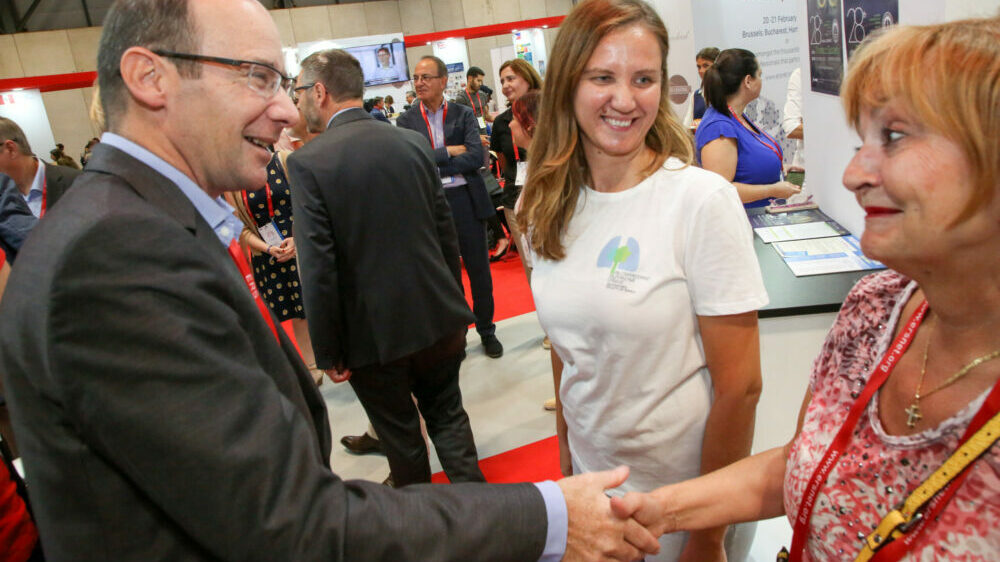
The Society
More than 35,000 clinicians, scientists and allied health professionals from over 160 countries are part of the ERS community
Become an ERS member


Access online learning resources related to paediatric respiratory diseases on the ERS Respiratory Channel.
Read moreThe paediatric respiratory diseases CPD framework provides an outline of topics to guide your learning and development.
View / download syllabusEvaluation and management of:
Additional diagnostic tests:
Epidemiology, aetiology, diagnosis of, screening for, and complications of:
Access the catalogue of ERS guidelines, statements and technical standards relating to the topic of paediatric respiratory medicine.
View all